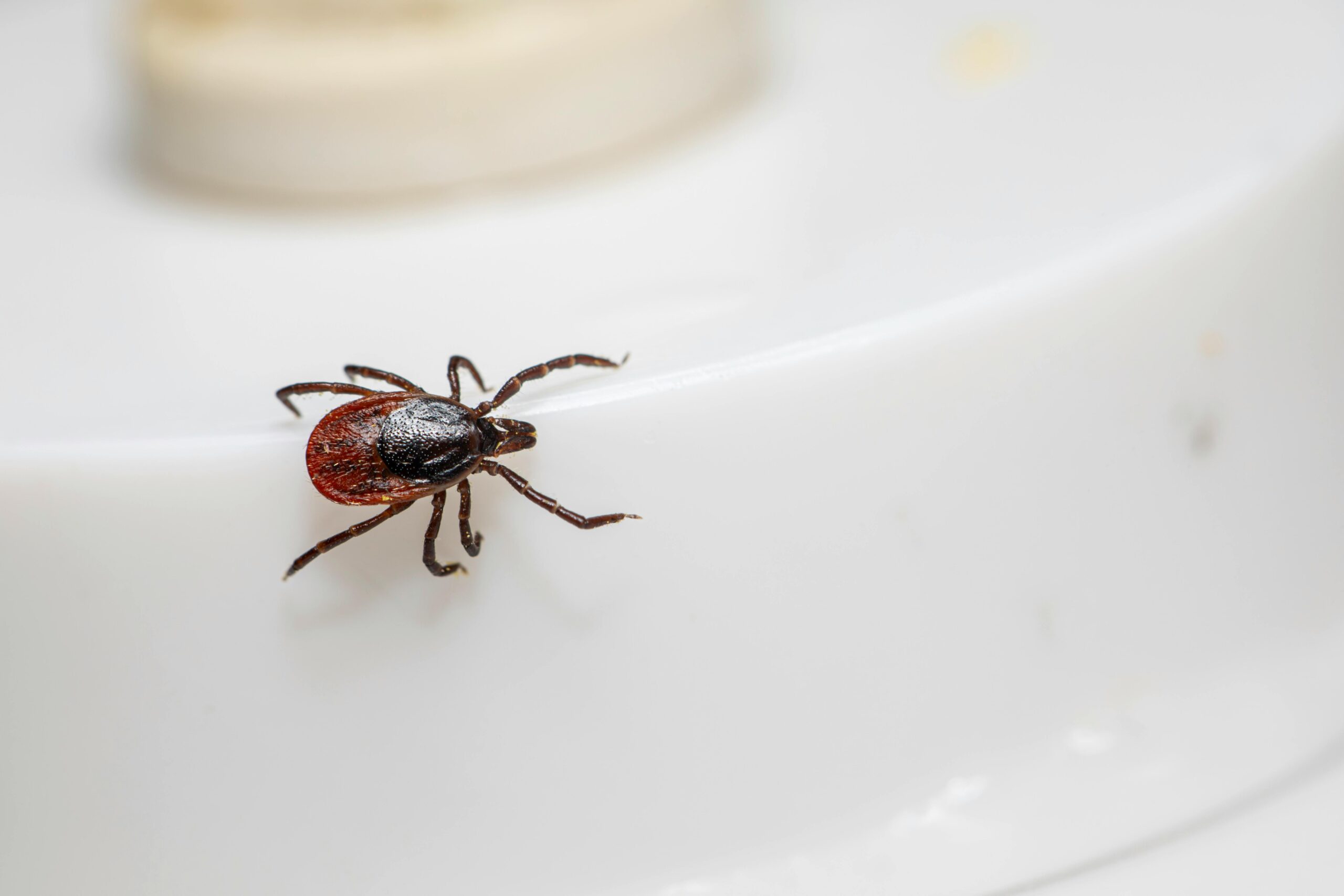Introduction: Finding Your Way Back to Health
Lyme disease and dysautonomia often feel like invisible illnesses hard to diagnose, harder to explain, and even harder to live with. Many women spend years searching for answers while battling crushing fatigue, dizziness, brain fog, or unexplained pain. If you’ve been there, you know recovery isn’t as simple as taking an antibiotic or a pill. It’s a layered process of rebuilding the body, restoring balance, and learning how to support yourself through each stage.
This guide will help you understand what makes healing from Lyme and dysautonomia unique, what roadblocks can stand in your way, and how to create a practical, holistic recovery plan that actually works.
Why Recovery Feels So Complex
Lyme and dysautonomia often overlap with other hidden issues: gut infections, mold toxicity, nutrient deficiencies, autoimmunity, or hormonal chaos. That’s why many people continue to struggle long after the initial treatment. Recovery isn’t linear it’s about untangling layers of imbalance.
Key challenges women face:
- Post-treatment Lyme symptoms that mimic autoimmune flares.
- Nervous system dysregulation (dizziness, heart palpitations, heat intolerance).
- Chronic fatigue that doesn’t improve with rest.
- Mental health struggles from years of feeling unwell.
Step 1: Stabilize Your Foundations
Before diving into advanced protocols, start with the basics that regulate your body’s healing capacity.
Core Foundations to Prioritize:
- Sleep: Create a bedtime routine, darken your room, and consider natural support like Wellhistic’s SLEEP BLISS.
- Nutrition: Focus on anti-inflammatory foods (greens, wild fish, healthy fats) and remove processed triggers.
- Hydration & Minerals: Add electrolytes to water to reduce dizziness and blood pressure swings.
- Stress Management: Gentle practices like meditation, journaling, or nature walks calm the overactive nervous system.
💡 Real-life note: Many women see improvements in fatigue and brain fog within weeks of stabilizing these foundations.
Step 2: Support Detox Pathways
Lyme and dysautonomia symptoms often flare when toxins accumulate faster than the body can clear them. Mold, heavy metals, or microbial toxins can overwhelm your system.
Detox Support Strategies:
- Dry brushing or sauna therapy to stimulate lymphatic flow.
- Liver support with cruciferous vegetables, dandelion tea, or targeted supplements.
- Wellhistic’s PARA BINDER can help bind and eliminate toxins safely.
Step 3: Heal the Gut-Brain Connection
A disrupted gut fuels inflammation, anxiety, and poor nutrient absorption—all of which worsen dysautonomia.
Gut Healing Essentials:
- Eliminate food sensitivities (gluten, dairy, processed sugar).
- Rebuild with probiotics, bone broth, and fiber-rich foods.
- Address lingering infections like Candida or parasites with guidance.
💡 Case Study: A 32-year-old woman with Lyme-related POTS saw dramatic improvement in dizziness after focusing on gut healing for 3 months.
Step 4: Rebuild Energy and Mitochondrial Health
Lyme toxins and chronic stress damage mitochondria—the engines that fuel every cell.
Ways to Recharge Energy:
- Gentle pacing: alternate rest and activity to avoid crashes.
- Nutrients like CoQ10, magnesium, and B vitamins.
- Wellhistic’s BOOST is designed to restore cellular energy and stamina naturally.
Step 5: Balance Hormones and the Nervous System
Both Lyme and dysautonomia put pressure on adrenal, thyroid, and reproductive hormones. Symptoms like irregular cycles, hair loss, and mood swings are common.
Strategies for Balance:
- Support adrenal health with adaptogens and steady blood sugar.
- Test thyroid function and support with nutrients or targeted supplements.
- Consider Wellhistic’s THYROID HAIR & ENERGY for thyroid-related fatigue and hair thinning.
Step 6: Gentle Movement & Nervous System Retraining
Dysautonomia often worsens with intense exercise. The key is gentle, graded movement and retraining the nervous system to tolerate activity again.
Best Options:
- Recumbent biking, stretching, or short walks.
- Breathwork and vagus nerve exercises.
- Slowly increase activity only when energy allows.
Step 7: Emotional Healing and Resilience
Living with chronic illness can leave deep emotional scars. Fear of relapse, frustration from missed milestones, and grief over lost time are real.
Emotional Healing Practices:
- Therapy or support groups for validation and guidance.
- Creative outlets like art, music, or writing.
- Mind-body approaches like EFT tapping or somatic therapy.
Putting It All Together: Your Personal Roadmap
Healing from Lyme and dysautonomia isn’t about chasing every new protocol it’s about layering support in the right order: stabilize, detox, heal the gut, rebuild energy, balance hormones, retrain the nervous system, and nourish your emotional well-being.
Recovery may not be fast, but it is possible. By addressing hidden triggers and supporting your body holistically, you can reclaim your health and vitality.
Conclusion & Next Steps
If you’re on this journey, know you’re not alone and there’s hope. Start small: choose one foundation (like sleep or nutrition) and build from there. Add targeted support like BOOST for energy or PARA BINDER for detox when you’re ready.
With consistency, patience, and the right roadmap, you can rebuild your health after Lyme and dysautonomia and step into a life of strength, clarity, and resilience.





